Nutrients cycle through ecosystems through food chains.
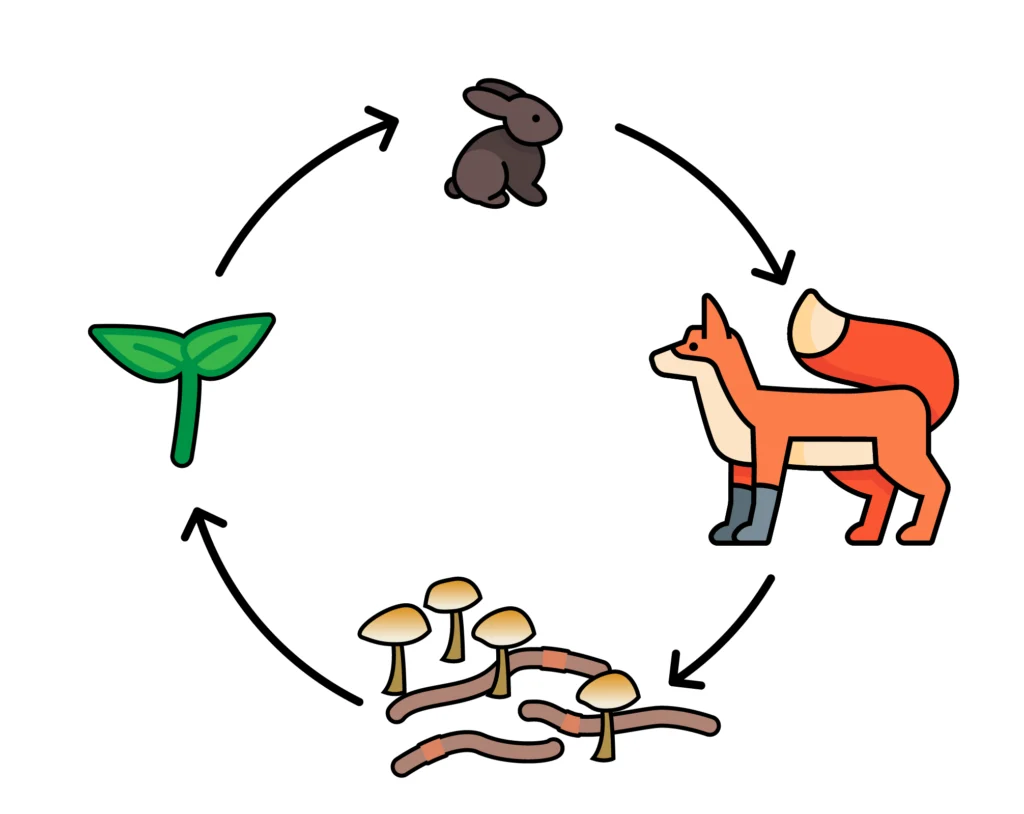
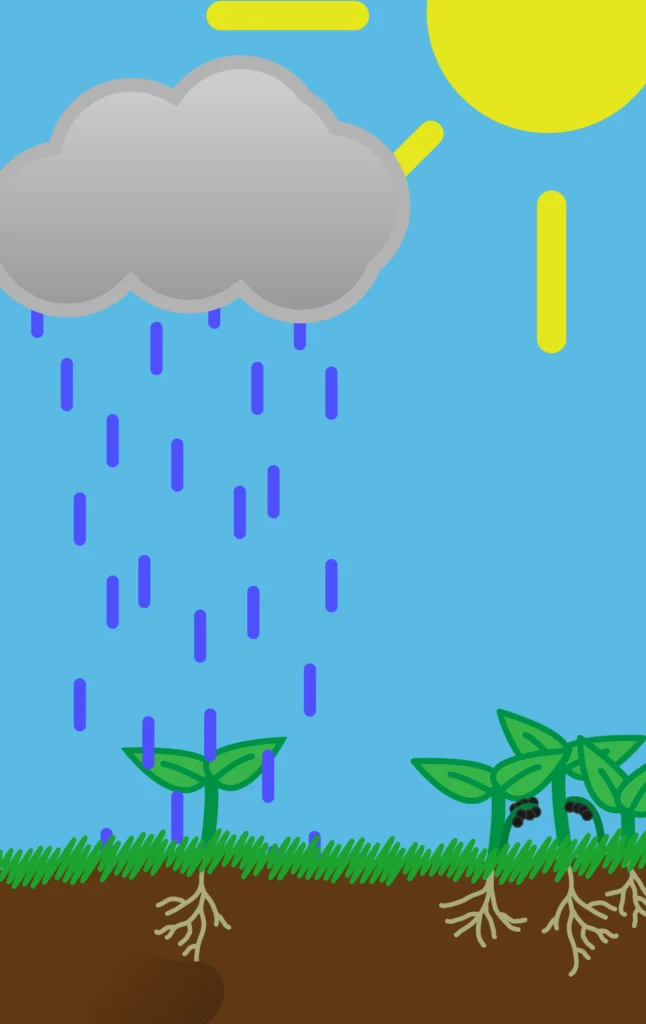
Plants, like trees and flowers, are able to make their own food by absorbing energy from the sun, and water and nutrients from the soil.
Animals are not able to create their own food. They must get their nutrients by eating plants or other animals.
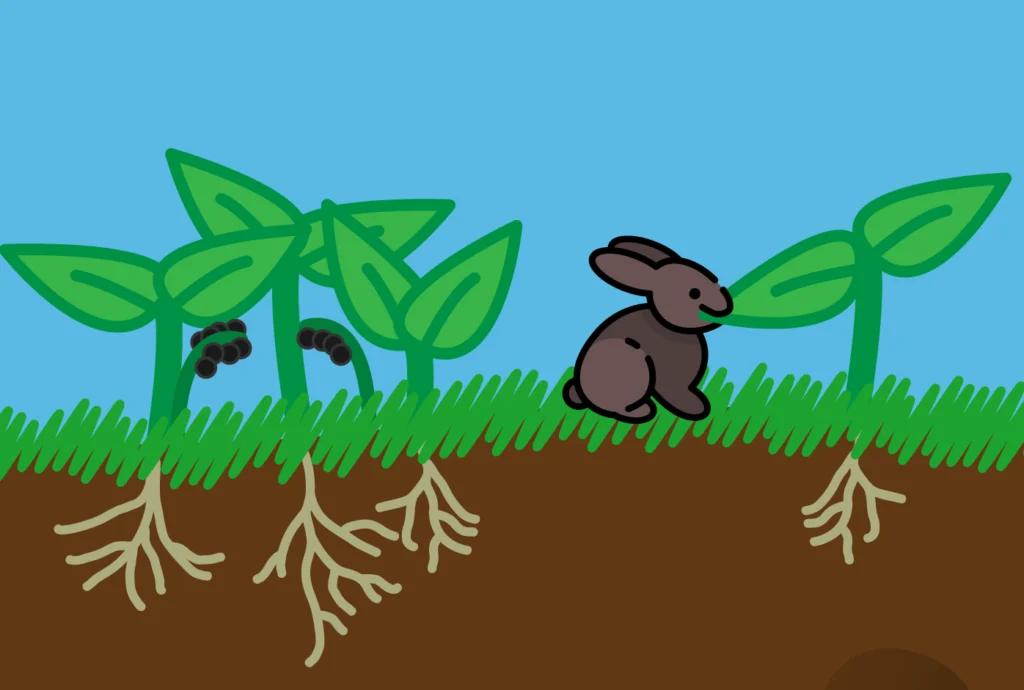
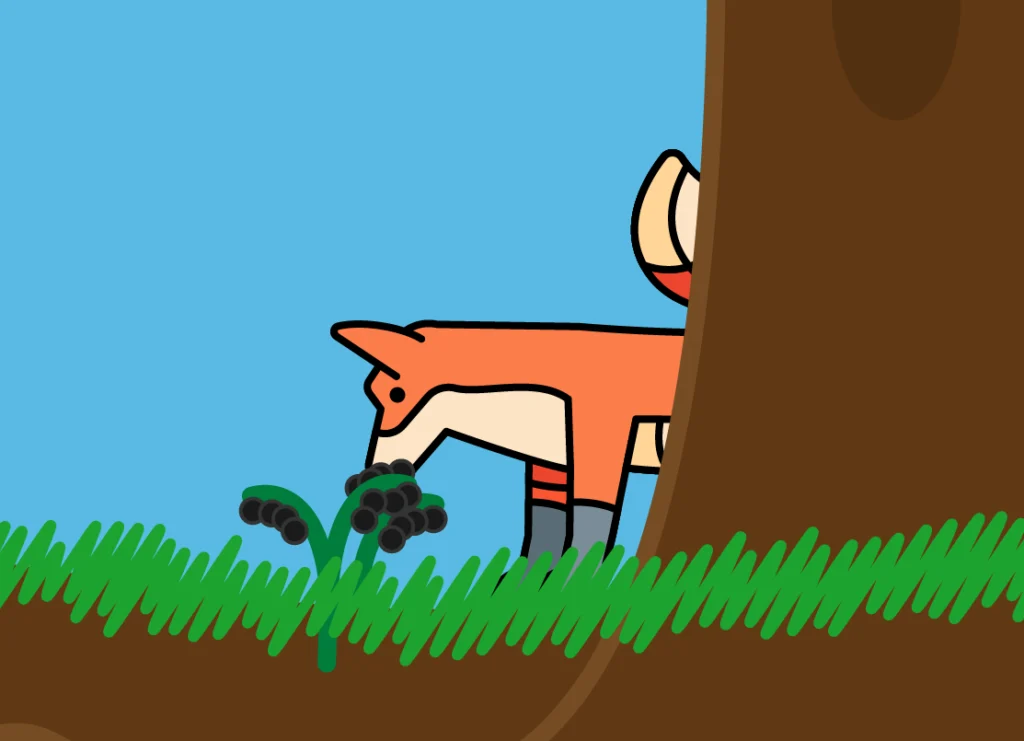
When plants and animals die, decomposers like worms, fungi, and bacteria break them down. As they break down, their nutrients are returned to the soil and the cycle starts again!
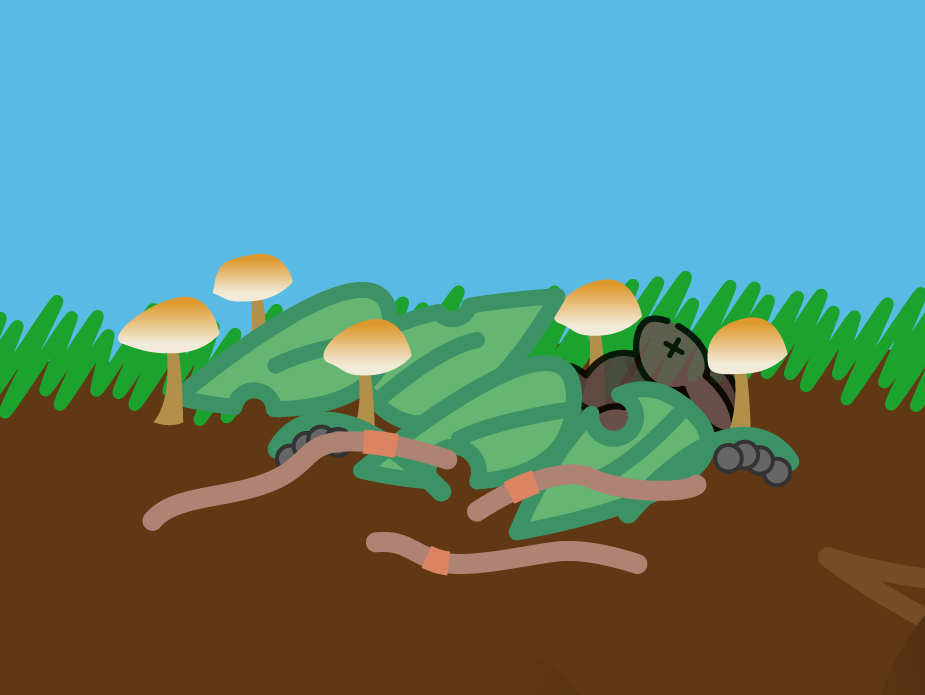
THINK-PAIR-SHARE
Imagine you have a lunch with a sandwich packed in a plastic bag and an apple. You can’t finish the apple and throw away the leftover food and plastic bag in the trash can.
1. How do you think your actions might impact the nutrient cycle?
- Loss of Nutrients: When you throw the apple in the trash, its nutrients are trapped in a bag in a landfill. They cannot go back into the soil to help plants grow.
- Plant Growth: Without the apple’s nutrients, plants may not grow as well, and the animals that eat plants could also end up with less food.
- Non-Biodegradable Items: Plastic bags don’t break down easily and stay in our landfills for a long time. Landfills take up valuable space on our planet.
- Greenhouse Gases: When food breaks down in a landfill, it is buried under a lot of waste. Without air, the food breaks down slowly and produces harmful gases that cause climate change.
- Pollution: Plastic can pollute our environment and destroy animal habitats.
2. How could you handle your waste differently to positively impact the environment?
You could pack your sandwich in a paper bag that can be recycled and compost your apple to return its nutrients to the soil! But what is composting? Let’s find out!